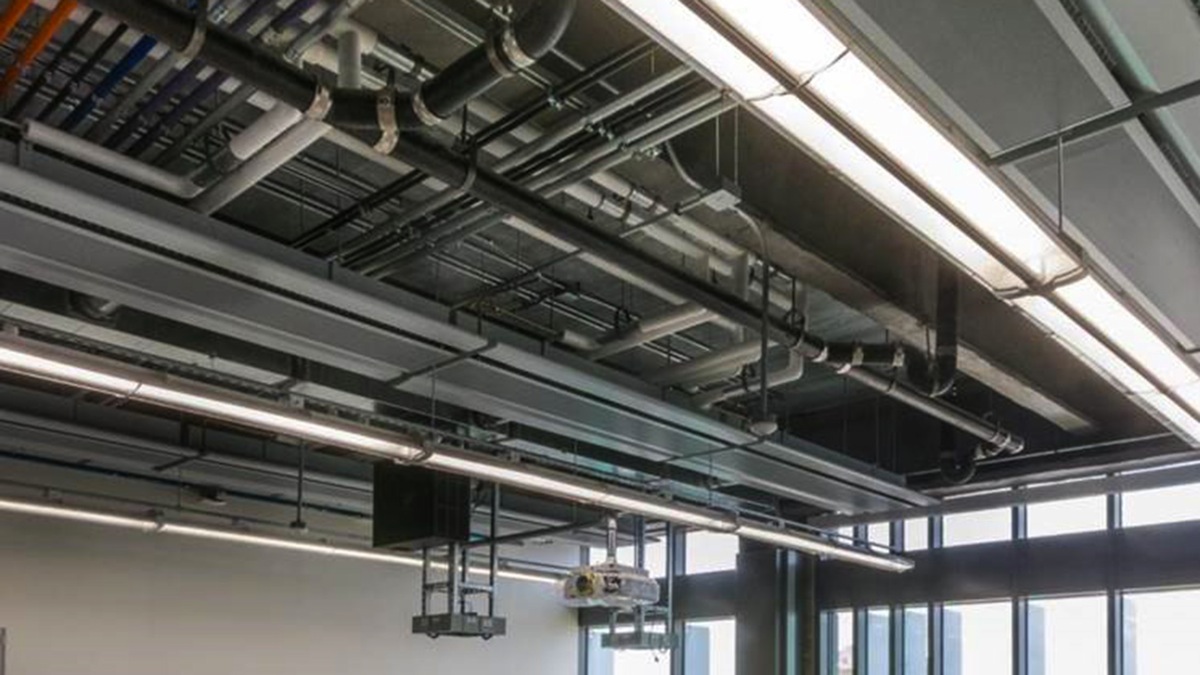The 2014 Nobel Prize in Physics was recently awarded to three scientists (Isamu Akasaki, Hiroshi Amano, and Shuji Nakamura) for inventing the blue light-emitting diode (LED) roughly 20 years ago. Prior to the advent of blue LEDs, white light from an LED source could not be created making commercial LED lighting unattainable. The invention of the blue LED has paved the way for a global lighting revolution.
The importance of this scientific breakthrough cannot be overstated. Lighting energy accounts for approximately one-fifth of electricity consumption in the world. LED sources are more energy efficient than traditional sources such as incandescent and fluorescent and last considerably longer. In the U.S. alone, LED lighting has the potential to save over $13 billion annually on electricity bills. That’s enough electricity each year to power all the homes in the state of Texas.
But alas, now comes a new problem. While first generation LED lighting fixtures were basically your standard incandescent or fluorescent housing retrofitted with LED light boards, manufacturers have now begun designing fixtures around the LEDs. The result is an integrated fixture where lamps are not serviceable or replaceable. This is a fundamental shift in how we think about lighting. No longer will facility maintenance staff be required to make the rounds replacing lamps. As the LEDs diminish in output over time, the entire fixture is simply removed (hopefully recycled) and replaced with a new one. This means building owners will need to completely replace their lighting fixtures at the fixture end of useful life, whenever that may be.
I’ve worked on several projects now where this exact topic has come up and owners have varying opinions.Some owners are comfortable with accepting this risk whereas others want only serviceable LED fixtures. The situation is also a mixed bag among the manufacturing community, where some fixtures are constructed with serviceable parts and others are completely throwaway (again, hopefully recycled).
This issue is one that architects and engineers need to be aware of as commercial LED lighting becomes more widespread. The perceived cost savings could literally be wiped away as owners will be required to completely overhaul their lighting system in 10 or 20 years.
So, the question becomes, should we be specifying replaceable or disposable fixtures? What do you think?
Related Stories
| Aug 11, 2010
Gold Award: Eisenhower Theater, Washington, D.C.
The Eisenhower Theater in the John F. Kennedy Center for the Performing Arts in Washington, D.C., opened in 1971. By the turn of the century, after three-plus decades of heavy use, the 1,142-seat box-within-a-box playhouse on the Potomac was starting to show its age. Poor lighting and tired, worn finishes created a gloomy atmosphere.
| Aug 11, 2010
AIA course: MEP Technologies For Eco-Effective Buildings
Sustainable building trends are gaining steam, even in the current economic downturn. More than five billion square feet of commercial space has either been certified by the U.S. Green Building Council under its Leadership in Energy and Environmental Design program or is registered with LEED. It is projected that the green building market's dollar value could more than double by 2013, to as muc...
| Aug 11, 2010
Let There Be Daylight
The new public library in Champaign, Ill., is drawing 2,100 patrons a day, up from 1,600 in 2007. The 122,600-sf facility, which opened in January 2008, certainly benefits from amenities that the old 40,000-sf library didn't have—electronic check-in and check-out, new computers, an onsite coffeehouse.







